Mitchell (Mitch) Heinzeroth joined SageRiver last year as a consultant. With years of executive-level retail experience, he knows how to bridge the gap between strategy and operations. He also knows what it feels like to hang upside down on a rope more than 700 feet in the air. We sat down with Mitch this month to talk about what he learned at Target Corp.’s top-performing store, his passion for leading teams and his excitement about joining SageRiver.
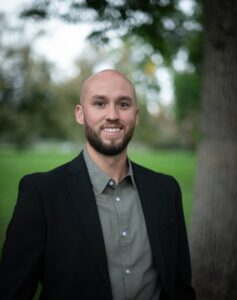 SageRiver (SR): Tell me about the role you have at SageRiver. What is your focus?
SageRiver (SR): Tell me about the role you have at SageRiver. What is your focus?
Answer: I joined SageRiver last year, and my first engagement was with the Family Intercultural Resource Center (FIRC) in Summit County. They retained SageRiver to provide strategic planning services to help them address rising food and housing costs for residents. Stakeholder engagement was an important part of the project because FIRC wanted to develop transformative strategies and partnerships to solve complex, systemic challenges. I interviewed and conducted numerous focus groups with a range of stakeholders, and we synthesized and reported those findings as the foundation for our strategic planning work. SageRiver has always been at the forefront of new thinking and methodologies, and, with my unique background, I bring additional diversity to the team. My hope is to contribute fresh insights and approaches to delivering top-notch work to our clients.
SR: You bring retail leadership experience to SageRiver. Over your six years with the Target Corp., what were your standout experiences or achievements?
A: I was very lucky to work at the No. 1 store in the country for five of the six years I was with Target. It was a massive operation that employed anywhere from 300 to 450 team members at a time, depending on the season. There are accomplishments I am proud of but never expected, such as becoming a district subject matter expert in reverse logistics. My fulfillment role also gave me the opportunity to build a business that grew from just under $3 million to almost $13 million in three years.
Most of all, however, I learned about building teams and developing people. It’s something that gives me joy. Retail operations employ people from all walks of life and every educational and experience level. It’s a fast-paced business, and you need to connect with people quickly, understand what motivates them and create a team environment that encourages everyone to push for success. It’s challenging but fun.
Working for Target also helped me become a better problem-solver. Nothing works as quickly as retail. The challenges you’re presented with every day need immediate remedy. I learned to look at problems from a bird’s-eye view so I could see immediate solutions, but also pursue longer-term fixes within systems over time.
SR: You worked for Target Corp. during the pandemic. How did you lead your team through that experience?
It was difficult. As a large corporation and retailer, Target had responsibility for millions of employees and guests. The government considered us an essential business, so we stayed open throughout the pandemic. The corporation provided policies and procedures that we then implemented in our stores, but we also had to understand the fears and individual circumstances of our team members and guests. Especially at the beginning, most employees and guests were afraid of the unknown—of what it meant to get sick—and didn’t want to step within 10 feet of someone else, but they still needed an income, work, or the essentials to live during lockdown. As an executive team lead, my role was to make adjustments to the extent I could, consider their individual feelings and concerns but still run the business. I tried to always stay positive for the team and keep us moving forward.
SR: What excites or interests you most about your new role at SageRiver?
A: It’s exciting to be asked to strategize the future with an organization. Many of SageRiver’s clients are nonprofit or government organizations, and they make a huge difference in their communities. I’m VERY excited to be part of enlarging their impact even further. The leaders we’re engaging are invested in the process of change and in looking deeply at systems and opportunities for transformation. We’re building change with them, and that’s exciting.
SR: What is your philosophy of customer or client service?
A: In retail, I learned that treating everyone with genuine respect, honesty and a welcoming attitude is critical. Kindness also goes a long way. Those lessons apply to consulting as well, but I’d add that engaging people in envisioning and working toward a better future is also key. That’s what SageRiver is known for—and it’s how we help organizations transform and grow. We’re hired to help make an impact—and it needs to be an impact our clients embrace and own.
SR: What do you enjoy outside of work?
A: I’ve got a wonderful fiancé and two dogs, and any time I can spend with them and my family and friends is time well spent. I’m also a Broncos fan, which has been rough over the past few years. I also love riding my Peloton, and I ran the Colfax Half Marathon this spring. I’ve taken up golf as well, and I compete in fantasy football.
SR: What’s something about you that people might not know?
A: I bungee-jumped off one of the top 10 “legal” bungee jumps in the world (Bloukrans Bridge in Tsitsikamma, South Africa). I’m also an avid Garmin watch user. In my lifetime of wearing it, I have 32 million steps—or 16,337 miles—tracked on Garmin.


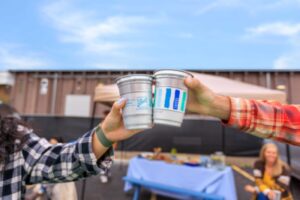 It wasn’t how Mike Schaarschmidt expected to begin his new job at Ball Corporation.
It wasn’t how Mike Schaarschmidt expected to begin his new job at Ball Corporation.

 At SageRiver, we harness the power of mindfulness in team strategy, as well as executive coaching, sessions. We often begin our sessions with a mindfulness exercise to help participants let go of whatever stresses or demands they experienced that day. By grounding them in the moment and encouraging them to observe, welcome and honor thoughts and feelings, we set the tone for the work to come.
At SageRiver, we harness the power of mindfulness in team strategy, as well as executive coaching, sessions. We often begin our sessions with a mindfulness exercise to help participants let go of whatever stresses or demands they experienced that day. By grounding them in the moment and encouraging them to observe, welcome and honor thoughts and feelings, we set the tone for the work to come.
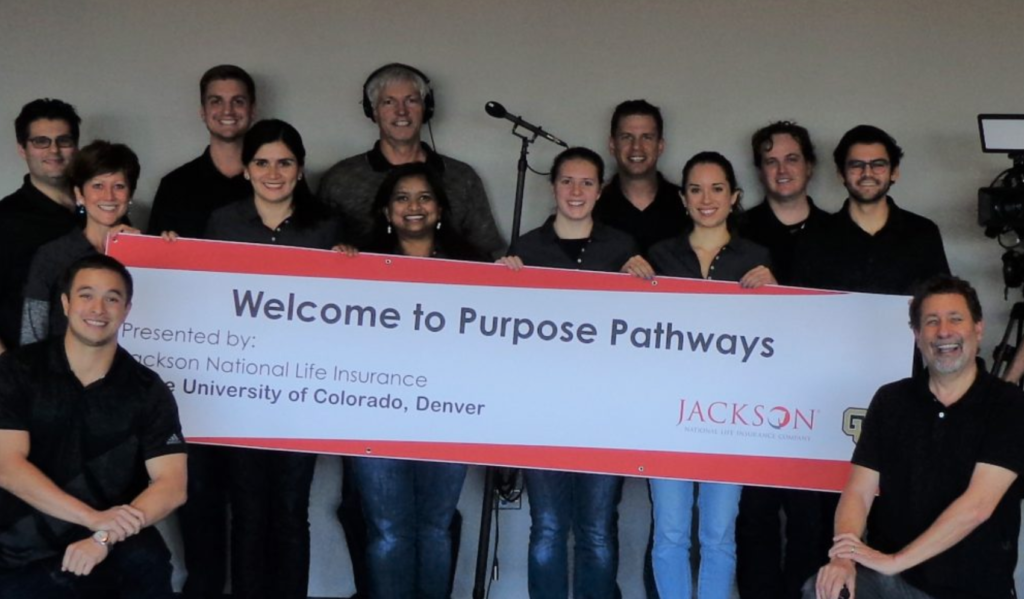 CU Denver students conducted high-level research for Jackson National Life in a strategy lab course
CU Denver students conducted high-level research for Jackson National Life in a strategy lab course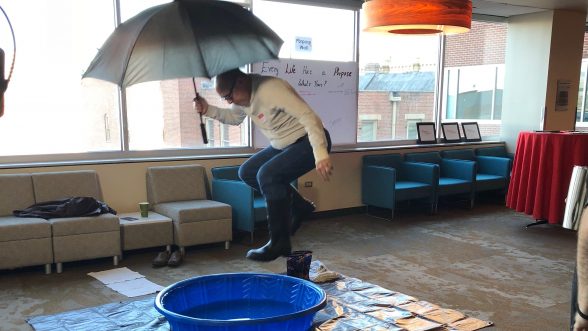

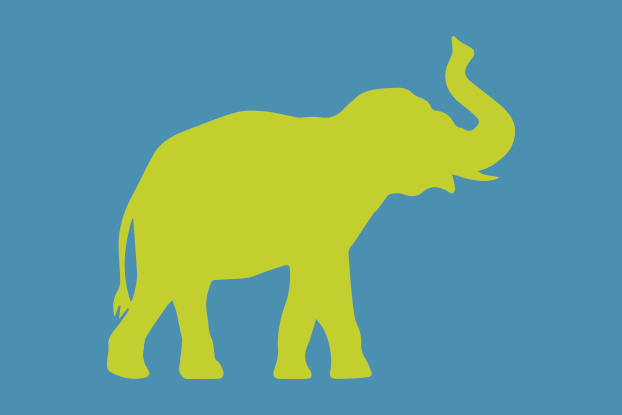 Your board of directors has selected a new leader for your organization. Smart and dynamic, the leader sends a jolt of energy through the company.
Your board of directors has selected a new leader for your organization. Smart and dynamic, the leader sends a jolt of energy through the company.